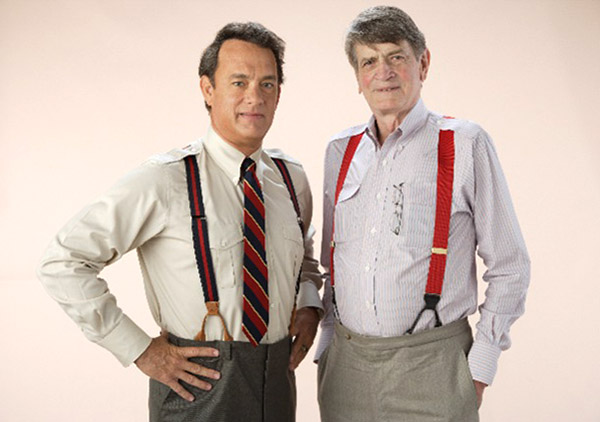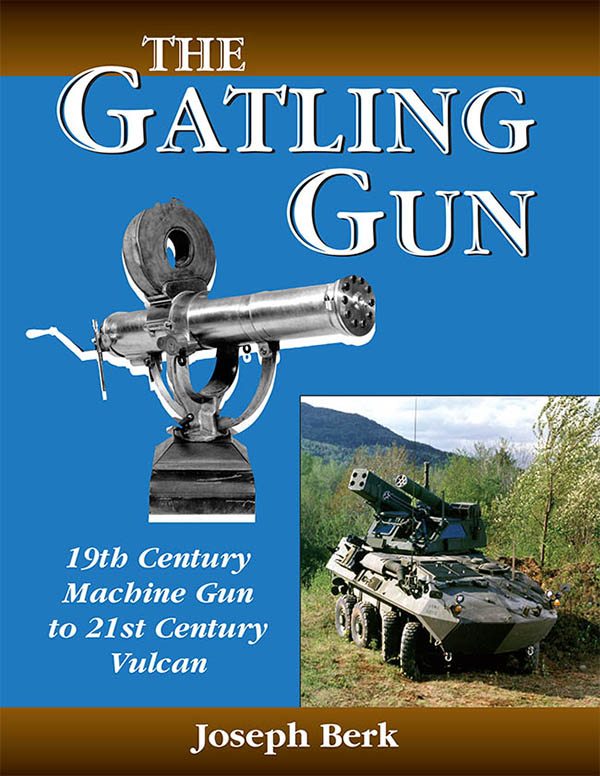By Joe Gresh
The Harbor Freight/US General 5-drawer tool cart has been on my radar for many years. It always seemed like a pretty good deal at $189 and if you bought the thing when it wasn’t on sale (every few weeks) the price would go up to $269. Paying full price at Harbor Freight is to be avoided at all costs and HF’s unrelenting cycle of blowouts, parking lot sales and clearances has trained their customers to wait them out. This particular mechanic’s cart sale was a Black Friday thing and I debated picking one up but managed to tamp down the urge.

I thought I was in the clear until HF declared an extension to Black Friday, at which point I gave in and went down to their store to pick up one of the damn things. This wasn’t a spur of the moment deal. I have a homemade rollaway box full of tools I rarely use but can’t get rid of and another really cheap top and bottom combination setup also filled with odd bits and lathe tools.

My previous mechanic’s cart is a cut down rolling file cabinet, the type used in offices by the type of secretary born sometime in the 1950s. The file cabinet thing was never great, but it made a good workbench to repair the Husqvarna’s transmission. After that transmission job the cart slowly became covered in tools making it hard to dig through the junk to find a 10mm socket. It became a poorly organized catchall.
The US General 5-drawer cart comes to you mostly assembled. You have to put together the wheels and the lower shelf, along with the uprights and some corners for the top box. The instructions are good enough except for the part about lifting the box up onto the legs. The manual says to not attempt this alone. I’m always alone and the box was heavy and too bulky. I got the thing off the ground but accuracy was suffering and I was worried about scratching the paint or pinching my fingers.
Taking the drawers out to lighten the box was one option. Plan B was to lay the box on its side and slide the frame into position as the frame weighed much less than the box. Now I had the cart on the ground, so I lifted the thing upright pivoting on the wheels. It was still a strain but easier than lifting the entire box. You get a lot of steel for $189 at HF. After the thing was upright, I tightened all the bolts that hold it together.

The 5-drawer box is really nice. The paint (five colors to choose from; I got KTM orange) looks thick and applied well. The box comes with drawer liners in each drawer and in the bottom shelf.


The wheels appear heavy duty and are probably overkill. HF included a nice, extra-mile feature by providing the swivel casters with grease fittings for the ball bearings in the swivel part. Also included on the two casters are brakes so if you’re working on an incline the box won’t roll away.

The drawers use two methods to secure them from sliding open under transport. The first is a latch on the front of each drawer that you must slide to the side in order to open the drawer. I’m not sure I like these latches. I want the drawers to open without the added finger motions. I may disable these latches.

The second method of drawer retention includes two, spring-loaded lock bars that slide down onto the backside of the drawers when the top of the box is closed. The box comes with four round-Coke-machine type keys so you can lock your stuff if you work in a shop full of shifty characters.


For such a low price the 5-drawer box doesn’t seem cheap at all. I think it’s Harbor Freight’s best toolbox value. Two gas charged struts are used to hold the top in the open position and the unit came with a handy side shelf to store your unguents and the various toxic chemicals that mechanics use in their daily course of events.
My particular 5-drawer had a slight flaw: one of the drawer slides was not in its track correctly and was binding. I had to remove the drawer and slot the slide into the track after which the drawer worked fine. I’m not sure that I didn’t cause the problem when I set the box on the side and lifted the cart upright with all the bolts loose. Maybe it flexed and popped out. With everything tight the box feels sturdy without any wobble.
I give the US General 5-drawer mechanic’s cart high marks and can recommend it if its size suits your needs. Now I’ve got to sort out that mess of jumbled tools and organize my new toolbox, a process that has already begun.
Never miss an ExNotes blog:


















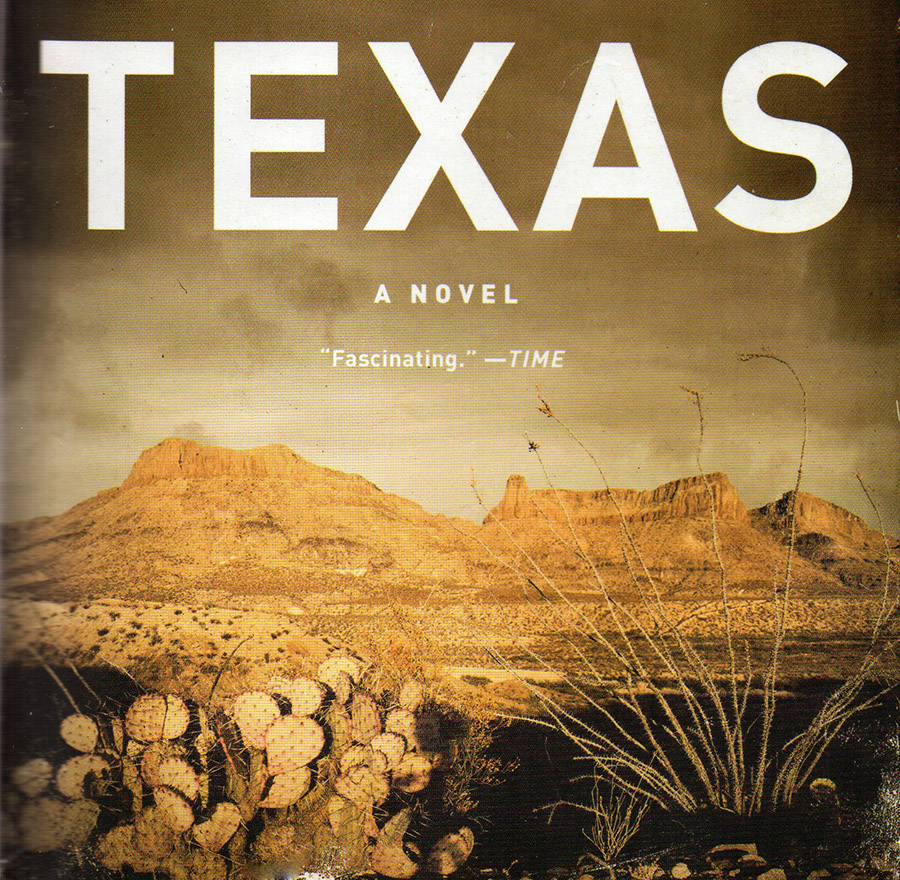
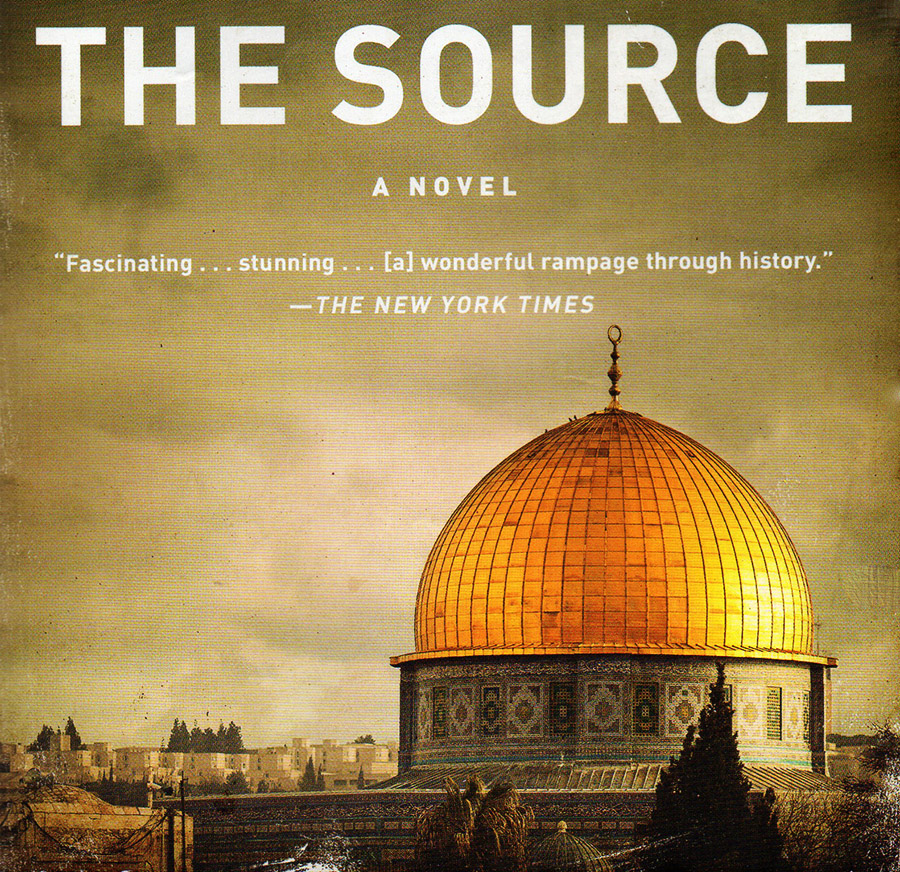
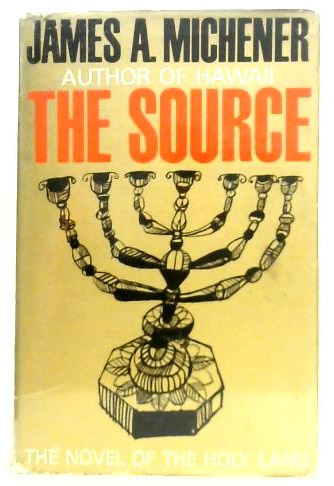
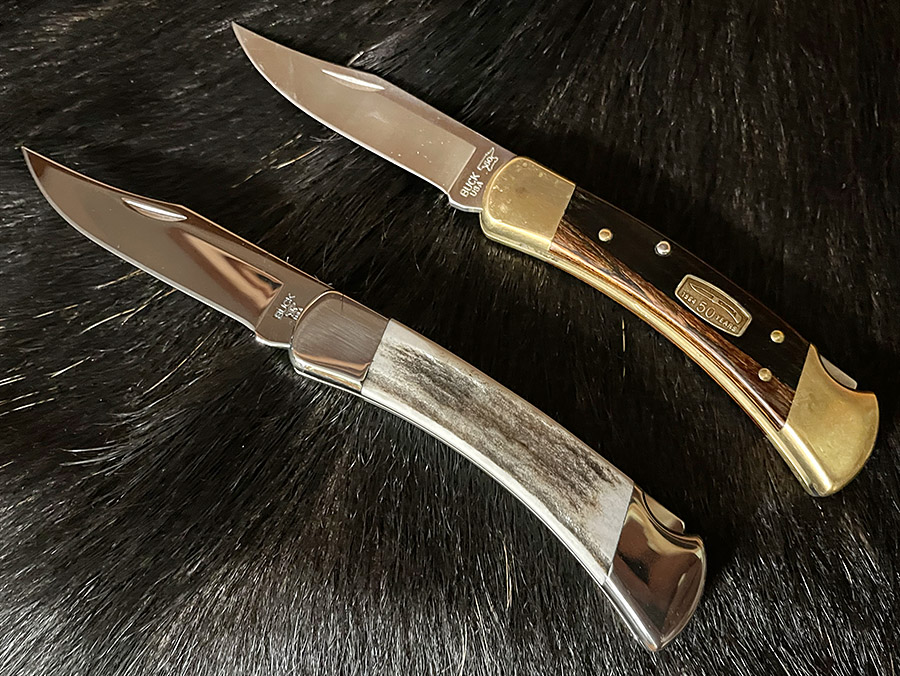
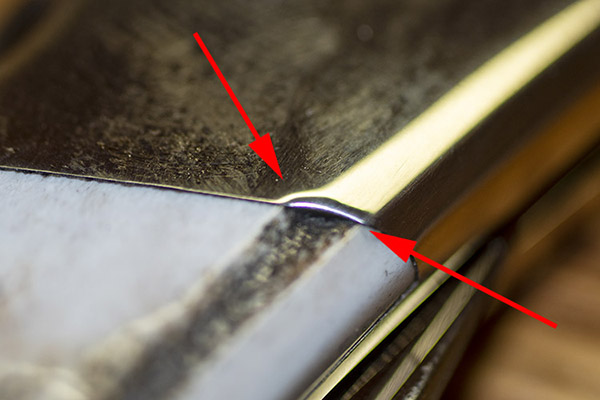
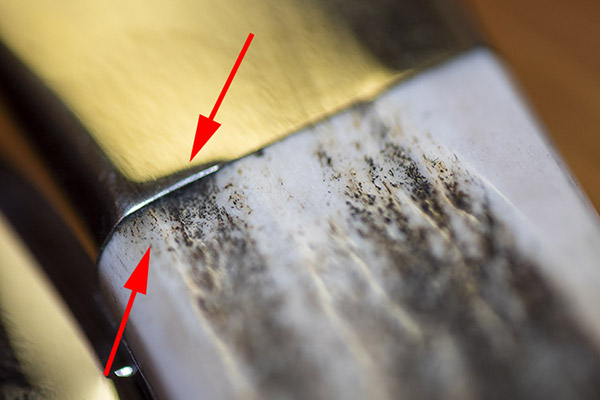
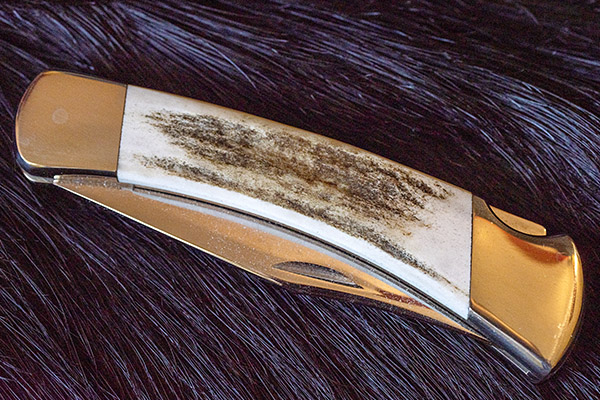
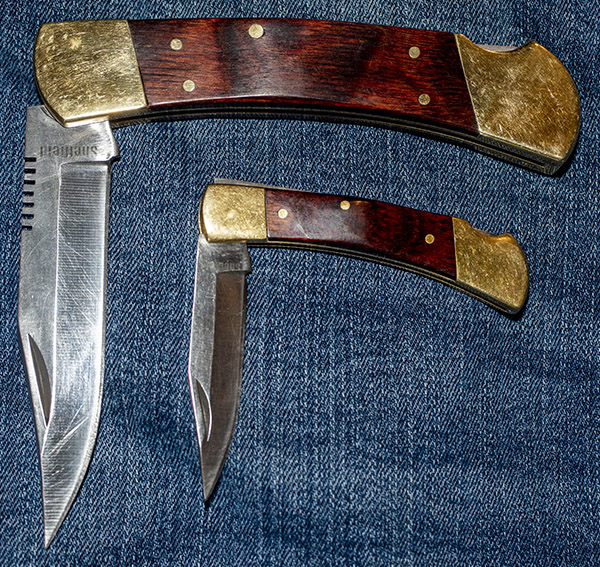
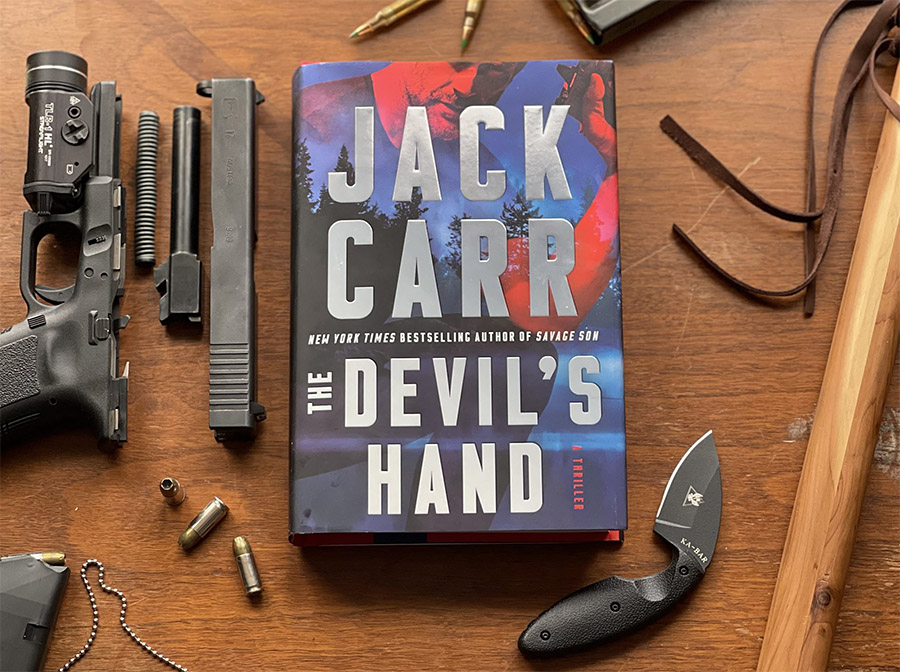

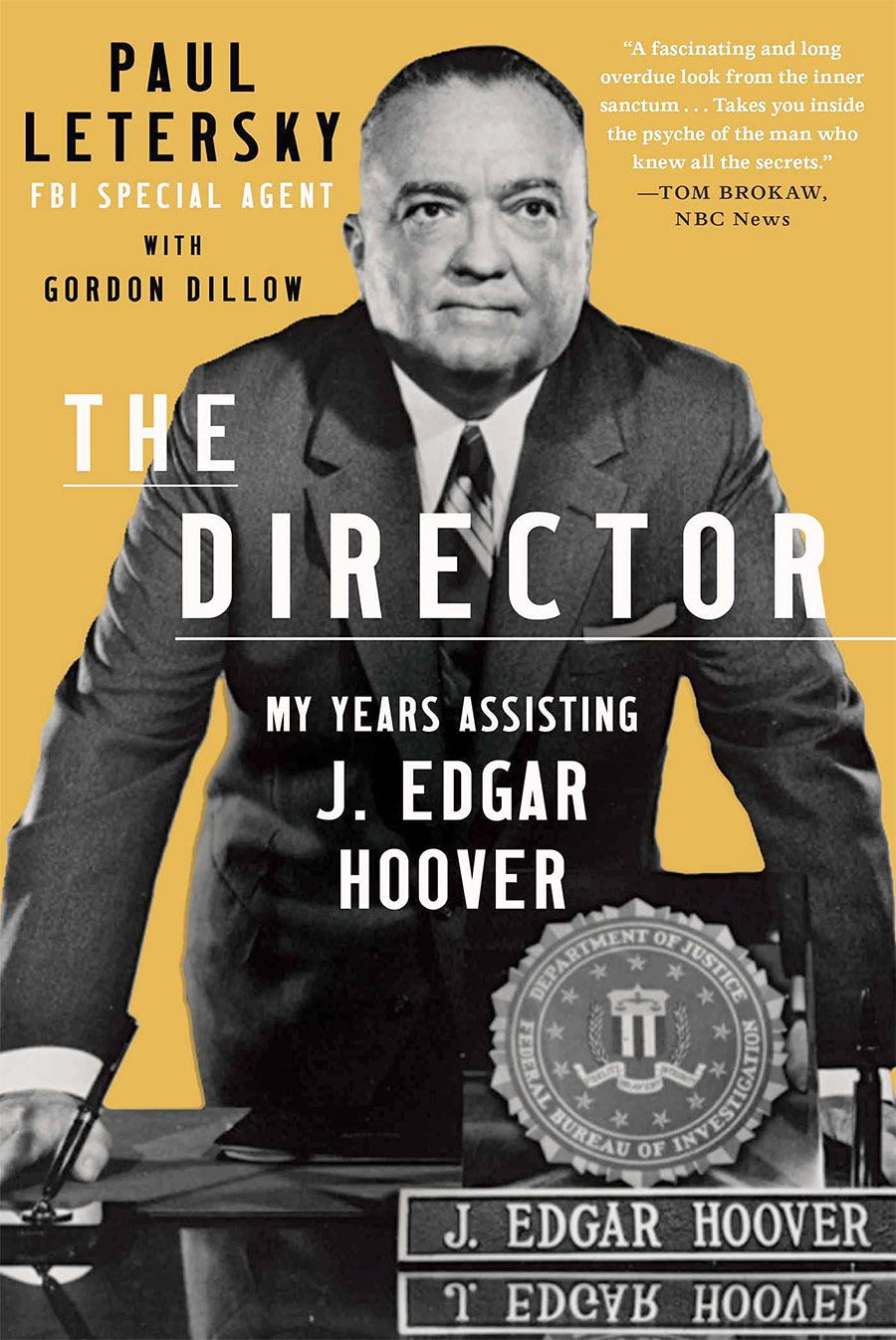

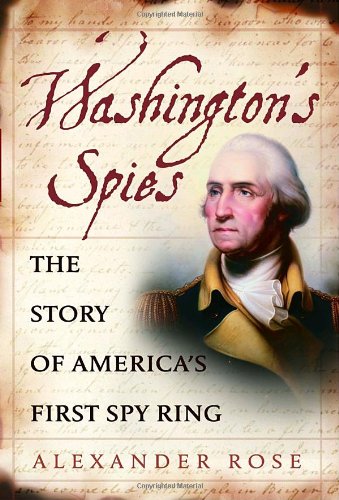
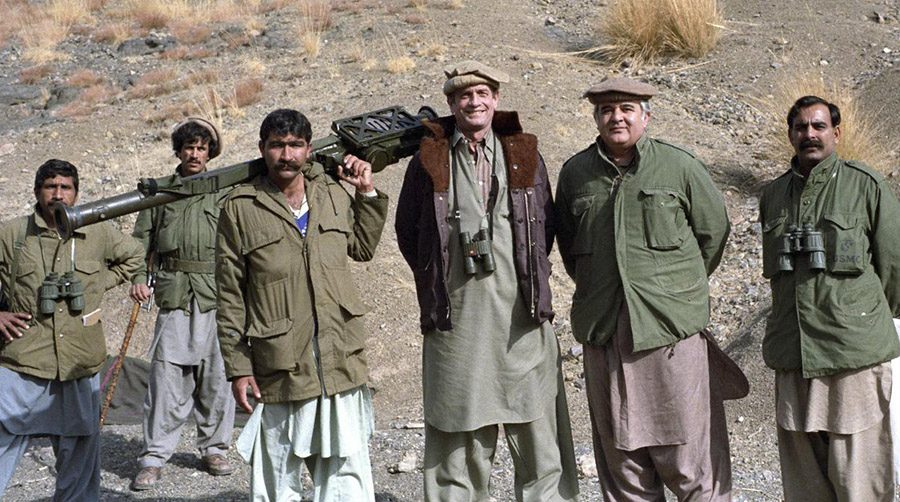
 I met Charlie Wilson a couple of times when I was an engineer in the munitions business, so
I met Charlie Wilson a couple of times when I was an engineer in the munitions business, so 

